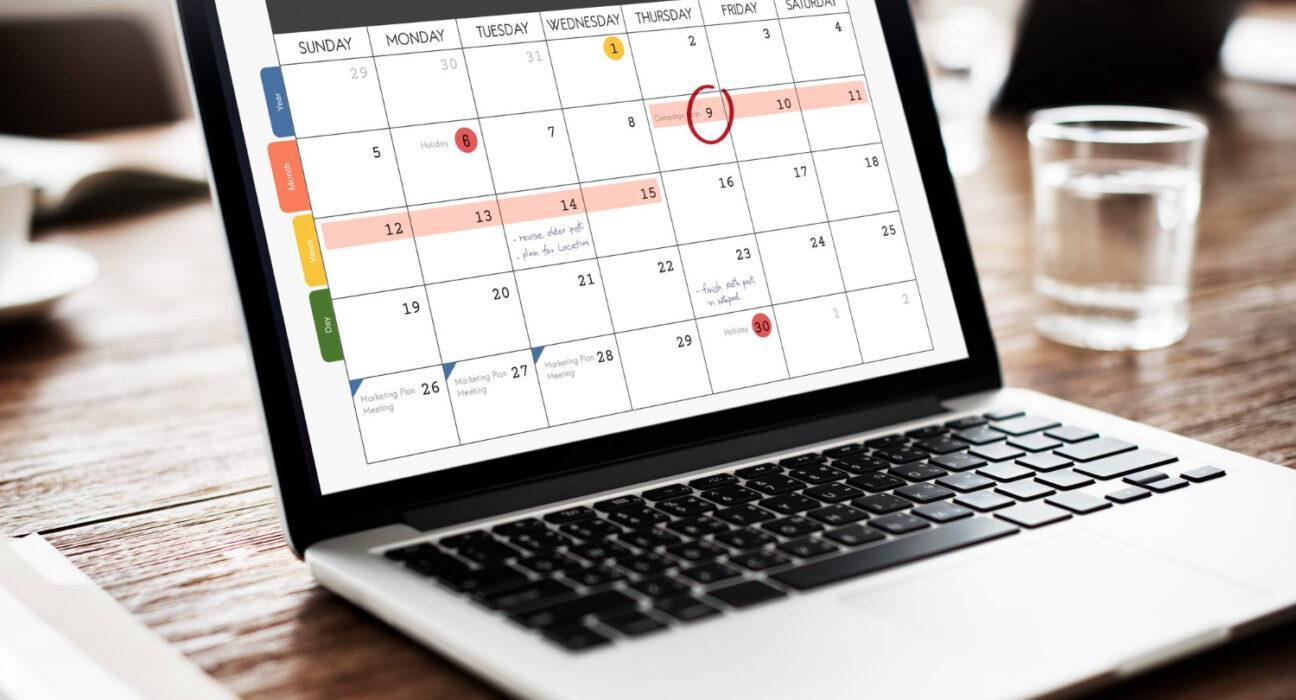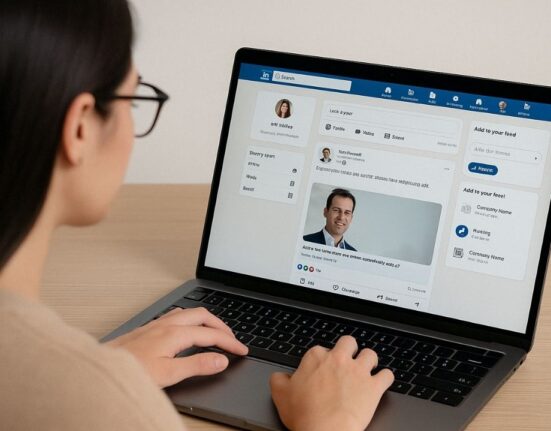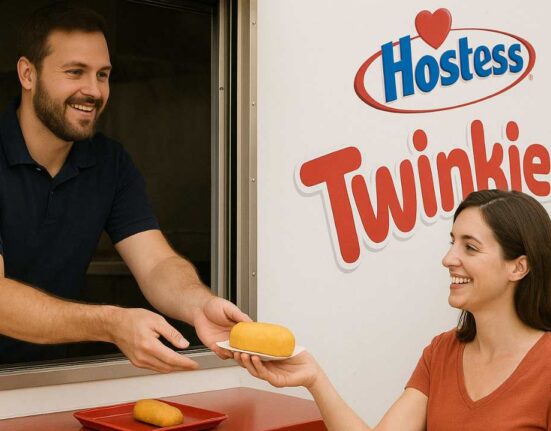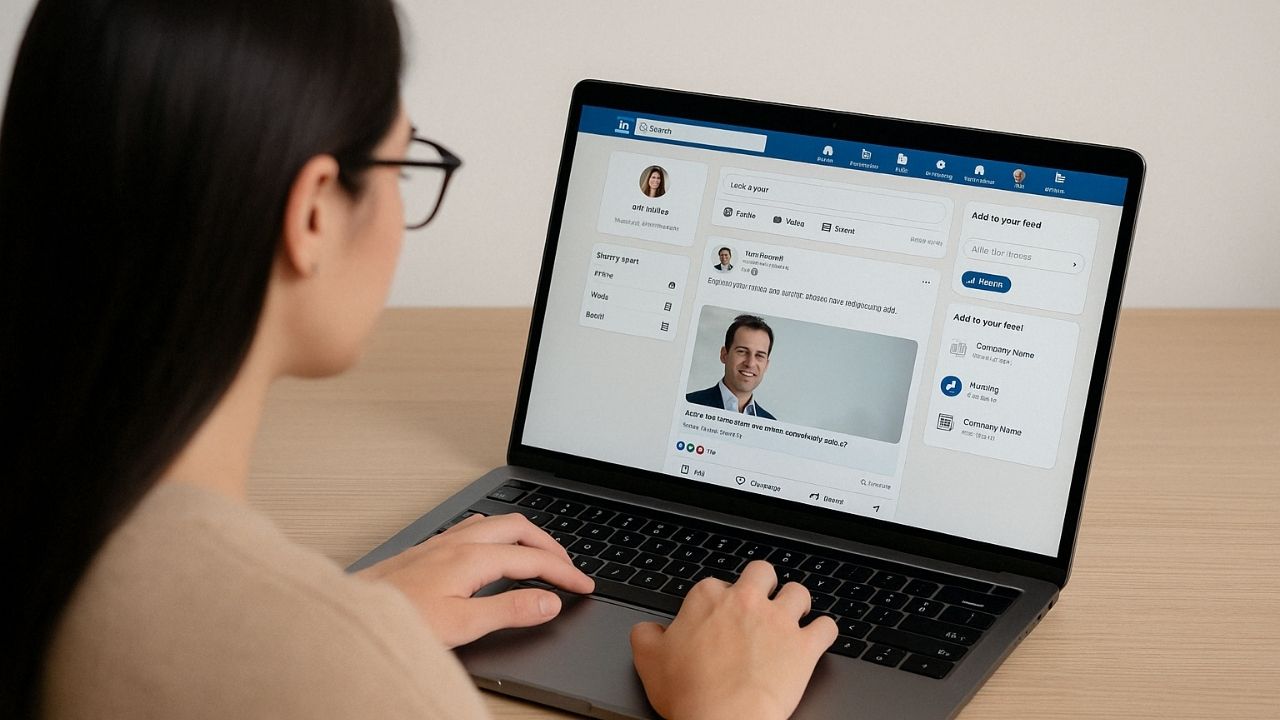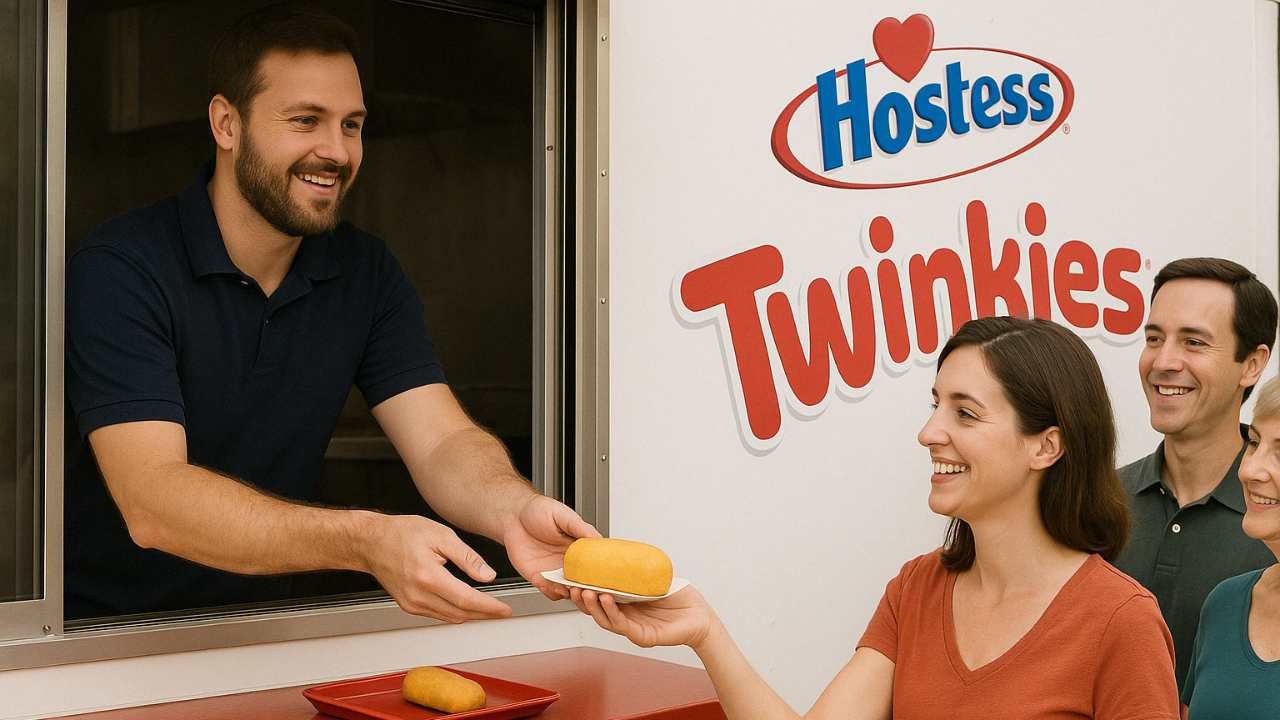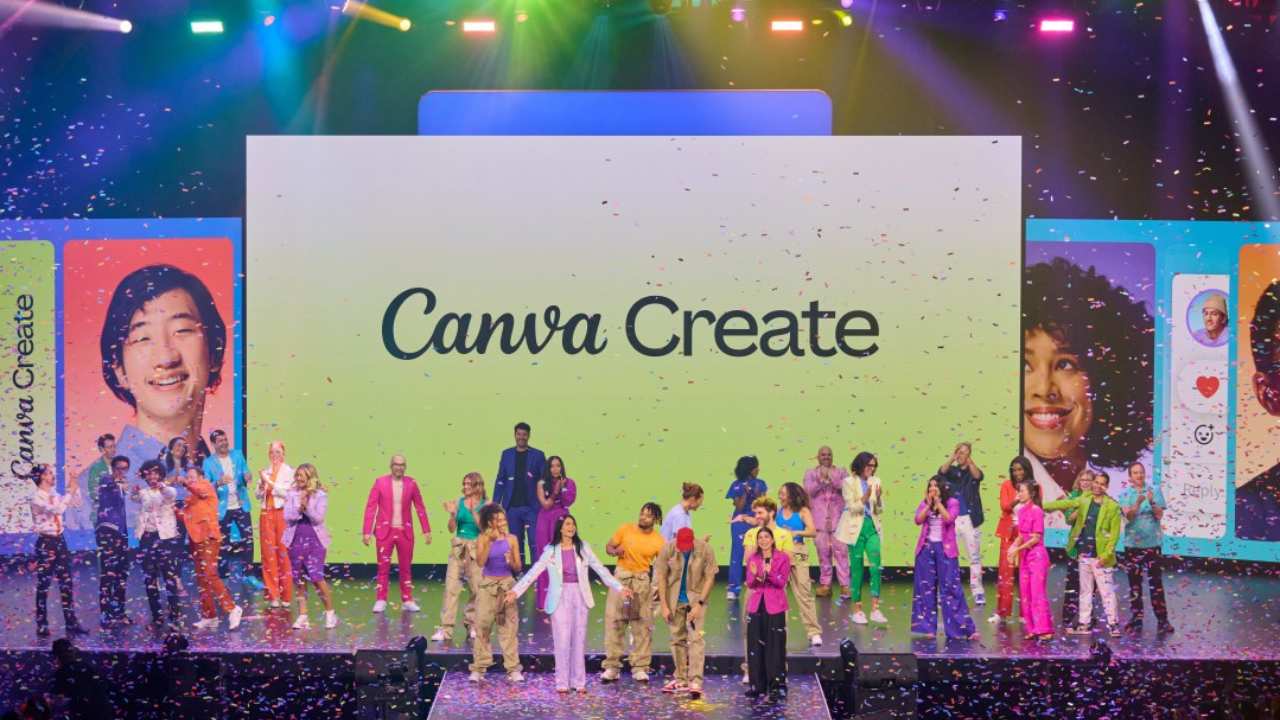Have you considered using a social media scheduling tool for your brand?
How your audience sees your brand is quite important. Maybe just as important as any other marketing strategy. Therefore, building a social media presence may go a long way in reaching your business goals, especially if they include increasing sales.
In this blog post, let’s discuss what a social schedule tool is, its pros and cons, and compare them to the pros and cons of manual scheduling.
Let’s begin!
What Is a Social Media Scheduler Tool?
A social media scheduling tool is a software platform that helps you manage, plan, create, and publish social media content in advance across different social media platforms. Besides automating your posts, it can also auto-respond to comments and messages while you are working on something else.
In other words, it exists to take the load of posting off your shoulders while you work efficiently on other things. More importantly, you get to manage your social media accounts (from different platforms) from one platform.
Auto Social Media Scheduling vs Manual Scheduling
There has always been a battle line between automated social scheduling and manual social media posting. Whose side are you on?
Both automation and manual management have their strengths and weaknesses. Let’s dive into the pros and cons of each method of scheduling:
Pros of Automatic Social Media Scheduling:
Saves Time and Boosts Productivity
If you are looking for a way to save time and focus on other daunting or more critical tasks. Auto might be the way to go. Automatic scheduling allows you to create batch content and be at ease—no need to stress about posting daily across many platforms.
To make the most of automatic posting, schedule a time of the week or month when you and your team can brainstorm, create, and plan social media content.
Fosters Consistency
Publishing on social media is a game of engagement, numbers, and consistency. In other words, to get results, you need to play the long game. Therefore, inconsistency is not an option.
Remember the days when you feel drained and have to postpone your remaining tasks? Automatic scheduling can save you the stress. It ensures that your account stays active even on your tired days (or days you are unavailable).
Makes Progress Tracking Easier
Many social media scheduling tools offer an analytics feature to help you track what’s working and what isn’t. It enables you to gain invaluable insights into your content performance. Also, you get to make better decisions and optimize your strategy accordingly.
It Offers Multi-Platform Management
Think of scheduling tools as a central hub where you can manage all your social media accounts. Therefore, there’s no need to log in to multiple accounts trying to upload each post. This helps to streamline you and your team’s workflow.
This benefit is particularly good for individuals whose businesses are to manage the social media accounts of multiple businesses.
It Helps You Stay on Point in Your Content Campaign
Let’s say you are working with a theme and content campaign for the month, and you posted the first content manually. You posted the second, but the third post seems off-point (or off the strategy). Unless you manually take your time to create a series of posts, prescheduling might make it easier.
When you create time to preschedule, it allows you to develop a series of content with the same idea or campaign strategy. Consequently, you are building consistency in tone, voice, and content campaign.
Helps You Reach Out to More Persons
We call this the “time zone benefit.” Imagine being able to send you messages at the same time (say 9 am) across different time zones.
Auto-scheduling makes that possible. That way, your target audience gets the message at the time they are active across different locations. Thus, it allows you to expand your reach, get more engagement, and grow your brand.
Cons of Automatic Social Media Scheduling:
Limited Flexibility
One downside that comes with using a scheduling tool is the delay in responding to comments. Also, responding to real-time events across different time zones may be a challenge, especially if you need to respond in a human voice.
Additionally, if you are going to employ the hands-off approach to scheduling, you may miss the opportunity to engage with your audience. For example, if someone needs the brand to help with support or has a problem, a slow response will not create a good image of the brand. Such a brand might end up losing a customer.
Lack of Authenticity in Posts
We must admit some of the posts that foster engagement are live videos, polls, contests, and posts with questions. These types of posts require putting your audience in mind, creativity, and quick response. Even spontaneous posts can be engaging, too.
On the other hand, automated posts may sound robotic and impersonal. It may also not reflect the brand image.
It Makes You Dependent on Algorithms
Have you ever heard of a trending topic that would be engaging for your audience, but you already have a post scheduled for that day (Sometimes, the glitch in these softwares may discourage you from rescheduling.)
Prescheduling can reduce the chance of seizing opportunities from trending topics or comments that could benefit your brand. Therefore, this can be a massive downside for your brand.
The Inability To Tell Where You Are in Your Account
Prescheduling can give you a hands-off experience. However, you may not be able to tell what’s going on in your account. You may need a social media manager to help you keep track of the events taking place in your accounts.
It May Be Expensive
If you are working with a tight budget, you may want to stick with manual scheduling. This is mainly because you may still need to respond to certain messages (or get someone to).
Therefore, you may have to keep your goals and finances in mind when opting for social media scheduling software.
Your Brand May Be Behind in Certain Events.
As mentioned earlier, you may miss the opportunity to leverage trends for your business. But you may sound insensitive, publishing a joke or question posts during tragic events.
Now, even if it may not be your brand’s fault, your audience doesn’t know that. In worse cases, you may have to send out apologies to your audience across your social media platforms. The brand may lose customers as well.
Pros of Manual Social Media Scheduling:
It Helps You Stay Authentic
Posting in real-time helps you build a strong connection with your audience. It allows you to talk naturally. Also, you know what the motivation behind the post is, and this will enable you to speak passionately. It might not seem like much, but your audience sees these things.
It Promotes Flexibility
Scheduling posts manually allows you to adapt your content to real-time events and trends. It shows your audience that your brand is aware and interested in the things that interest them, too. It is a great way to grow your audience.
You Have Full Control of Your Account
When you manually schedule your posts, you are in the driver’s seat of what goes on in your accounts. This means you can choose and change your posting time based on when you get more engagement.
You also have more room to explore different content types that could engage your audience. Also, you can get feedback directly from your audience. This can help you improve your content according to what works best for your audience.
There Are No Extra Costs
With manual scheduling, there is no need to pay for the software or pay for subscriptions to get more features of the software. You and your team get to save more and focus on other projects.
Cons of Manual Social Media Scheduling:
It Is Time-Consuming
Creating content and manually posting it can take a lot of time. Worse still, if you have multiple social media accounts or post daily, it might take a toll on you. Furthermore, it can become a dreadful task for anyone in charge of creating and scheduling posts.
It May Be Challenging To Stay Consistent
Maintaining a consistent posting schedule can be challenging. Also, if you and your team have other pressing matters to attend to, it may be hard to stay consistent. Unless you plan to have someone else take care of it, staying consistent might be difficult.
Poor Analytics
Manual scheduling can sometimes feel like a guessing game. You have to pay close attention to know what gave you massive engagement.
Many times, there is not enough information to make a strategic decision. Although there is room for experimenting, it helps to know what the numbers are.
Your Brand May Miss Some Opportunities
You are probably wondering how, considering you get to stay up-to-date with trends. Well, manually managing multiple platforms can be overwhelming and lead to missed opportunities. Most times, you have to tailor the same content in a way that suits the platform or create different content with the same concept for other platforms.
12 Social Media Scheduling Tools To Consider in 2024
The following are ten social media scheduling tools to consider when starting:
- Hootsuite
- Buffer
- Later
- Agorapulse
- Social Pilot
- Loomly
- CoSchedule
- Sendible
- SocialBee
- Zoho Social
- Sprout Social
- Canva (New and seems to have good reviews)
Conclusion
Social media schedule tools can be of help to your brand (or not). It all depends on your brand’s goals and what works for you.
However, when exploring a scheduling tool, you need good research, as subscription plans and features vary in scheduling platforms.
Engaging your audience is also a vital part of building your brand. Consider the pros and cons of manual and automatic social media scheduling. Best still, find a way to tackle the cons and make it work for you. Good luck as you engage your audience.
Related Articles:


